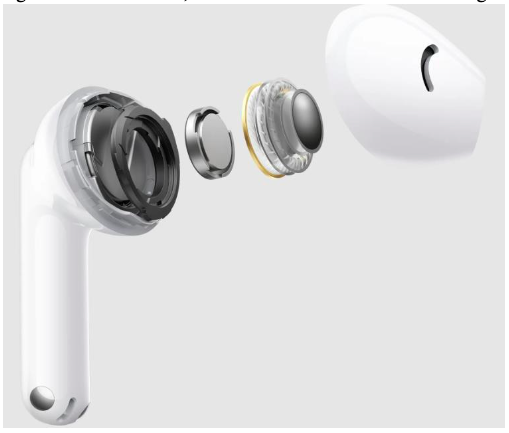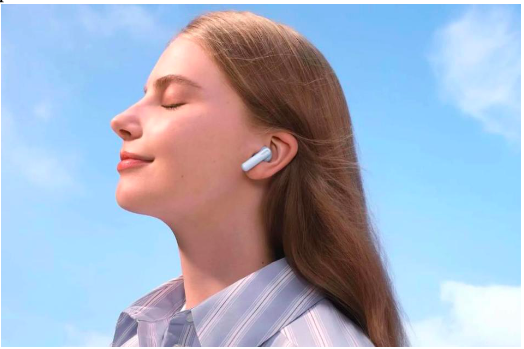Wireless headphones have revolutionized the way we experience audio, offering convenience and freedom from tangled cords. However, the prolonged use of these devices can lead to a lesser-discussed concern: ear fatigue. As technology evolves, it’s essential to prioritize our auditory health. In this article, we delve into the potential causes of ear fatigue caused by wireless headphones and provide actionable tips to prevent and alleviate this discomfort.
Understanding Ear Fatigue from Wireless Headphones
Ear fatigue, also known as listener fatigue, occurs when our ears are exposed to continuous sound for an extended period. This phenomenon is not exclusive to traditional wired headphones; Some wireless headphones can also contribute to ear fatigue. The convenience of these devices often leads us to use them for longer durations, inadvertently putting our auditory health at risk.
Causes of Ear Fatigue
- Volume Levels: Listening to music or audio at high volumes can strain the delicate structures in our ears. This strain can lead to discomfort, reduced hearing sensitivity, and even potential long-term damage.
- Noise Isolation: Noise-canceling features, while excellent for immersive experiences, can lead to overexposure to sound. When outside noises are blocked, we tend to increase the volume to compensate, intensifying the impact on our ears.
- Extended Wear: Wireless headphones are designed for comfort, but wearing them for hours on end can cause pressure points and irritation, contributing to ear fatigue.
- Bluetooth Connectivity: Wireless headphones rely on Bluetooth technology, which emits low-level radio waves. Prolonged Bluetooth exposure may lead to discomfort and contribute to listener fatigue.
Prevention and Alleviation Strategies
- Mindful Volume Control: Maintain a safe listening volume. A general rule of thumb is the “60/60 rule”: listen at no more than 60% volume for no more than 60 minutes at a time.
- Noise Isolation Awareness: Be mindful of your environment. Lower noise-canceling levels when in quiet settings to reduce the need for higher volumes.
- Frequent Breaks: Take regular breaks from wearing wireless headphones, especially during extended listening sessions. Allow your ears time to rest and recover.
- Fit and Comfort: Choose wireless earphones that fit well and are comfortable. Pressure points and irritation can intensify ear fatigue, so opt for designs that adhere to ergonomics, like the huawei freebuds se2. With over 300,000 ear canal samples and ergonomic simulations, it offers users a comfortable wearing experience.

- Bluetooth Usage: While Bluetooth is convenient, consider using wired connections occasionally to reduce radio wave exposure.
- Equalization: Adjust the equalization settings of your audio to emphasize clarity rather than volume. A clearer sound requires less strain on your ears.
- Hydration and Nutrition: Proper hydration and balanced diet support overall auditory health. Staying hydrated ensures that the tiny hair cells in your ears, responsible for detecting sound, function optimally.
- Regular Hearing Checks: Schedule regular hearing checks to monitor any changes in your auditory health. Early detection of issues can prevent long-term damage.
Conclusion
Wireless headphones provide unparalleled convenience and audio experiences, but it’s crucial to remember that our auditory health matters. Ear fatigue is a potential consequence of prolonged wireless headphone use, affecting anyone. By understanding the causes and implementing preventive strategies, we can continue to enjoy our wireless headphones without compromising our well-being.
Prioritizing our auditory health involves being mindful of volume levels, embracing breaks, and choosing headphones that prioritize comfort and fit. With these considerations in mind, we can immerse ourselves in the world of wireless audio without sacrificing the well-being of our ears. Let’s ensure that the evolution of technology enhances our lives while safeguarding our health.
